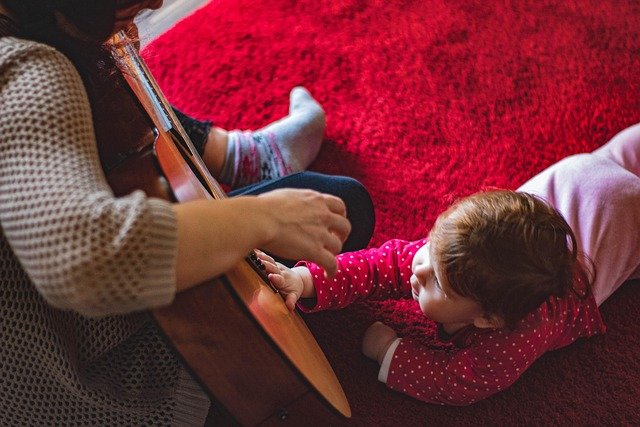Psychologist Therapy for Child Development and Education
Psychologist therapy supports emotional, behavioral, and learning needs by applying evidence-based techniques drawn from psychology. For children and families, therapy is often coordinated with schools and pediatric care to address concerns such as anxiety, attention differences, social skills, or adjustment to life changes. This article explains how psychological principles guide assessment and treatment, what parents and educators can expect, and how progress in development and education is commonly measured.

This article is for informational purposes only and should not be considered medical advice. Please consult a qualified healthcare professional for personalized guidance and treatment.
Psychology: Foundations used in therapy
Clinical psychology provides the frameworks and research that inform therapeutic choices. Therapists draw on developmental psychology to understand typical age-related changes, cognitive-behavioral approaches to address thoughts and behaviors, and family systems perspectives to consider relationships. Assessment often begins with standardized questionnaires, observation, and interviews to form a clear picture of strengths and challenges. Integrating these psychological foundations helps tailor interventions that fit each child’s context and learning environment.
Child: When and how to seek support
Parents and caregivers commonly seek therapy when a child shows persistent emotional distress, disruptive behaviors that interfere with learning, or developmental delays that affect everyday functioning. Early signs can include prolonged sadness, frequent outbursts, withdrawal, or regression in skills. Initial contact with a pediatrician, school counselor, or local services can lead to referrals to a licensed psychologist. A timely evaluation helps determine whether therapy, educational accommodations, or combined supports are most appropriate for the child’s needs.
Therapy: Common approaches and techniques
Therapists use a range of approaches depending on the child’s age and presenting issues. Cognitive-behavioral therapy (CBT) is widely used for anxiety and mood concerns, while play therapy helps younger children express feelings through age-appropriate activities. Parent management training focuses on behavior strategies and consistent routines, and social skills groups target peer interaction and communication. Interventions are typically structured, goal-oriented, and include homework or practice in natural settings to reinforce learning across home and school.
Education: Role of schools and families
Effective therapy for children often includes coordination with educational teams. Schools can implement individualized education plans (IEPs) or 504 plans to provide accommodations such as extra time, sensory breaks, or modified instruction. Educators and therapists collaborate to align strategies so classroom supports reflect therapeutic goals. Families play a crucial role by reinforcing techniques at home, communicating changes in behavior, and participating in family-focused sessions that build consistent expectations and supportive routines across environments.
Development: Measuring progress and outcomes
Progress is measured through symptom checklists, behavioral observations, academic performance, and developmental milestones. Short-term goals might focus on reducing specific behaviors or increasing coping skills, while long-term outcomes include improved emotional regulation, social functioning, and academic engagement. Regular review meetings between the psychologist, parents, and school staff help track effectiveness and adjust plans. Because development unfolds over time, metrics often combine objective scores with qualitative reports from caregivers and teachers.
Conclusion
Psychologist therapy for children brings together psychological theory, tailored therapeutic techniques, and collaborative partnerships with families and schools. By focusing on assessment-driven interventions and consistent strategies across settings, therapy aims to support emotional well-being, learning, and healthy development. Decisions about assessment and treatment are best made with licensed professionals who can adapt evidence-based methods to the child’s individual circumstances.






